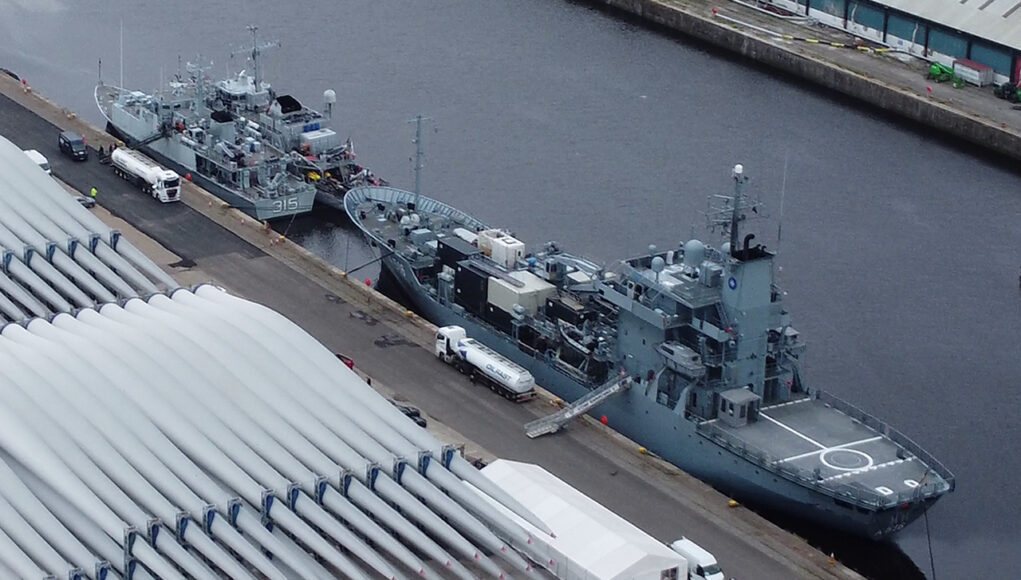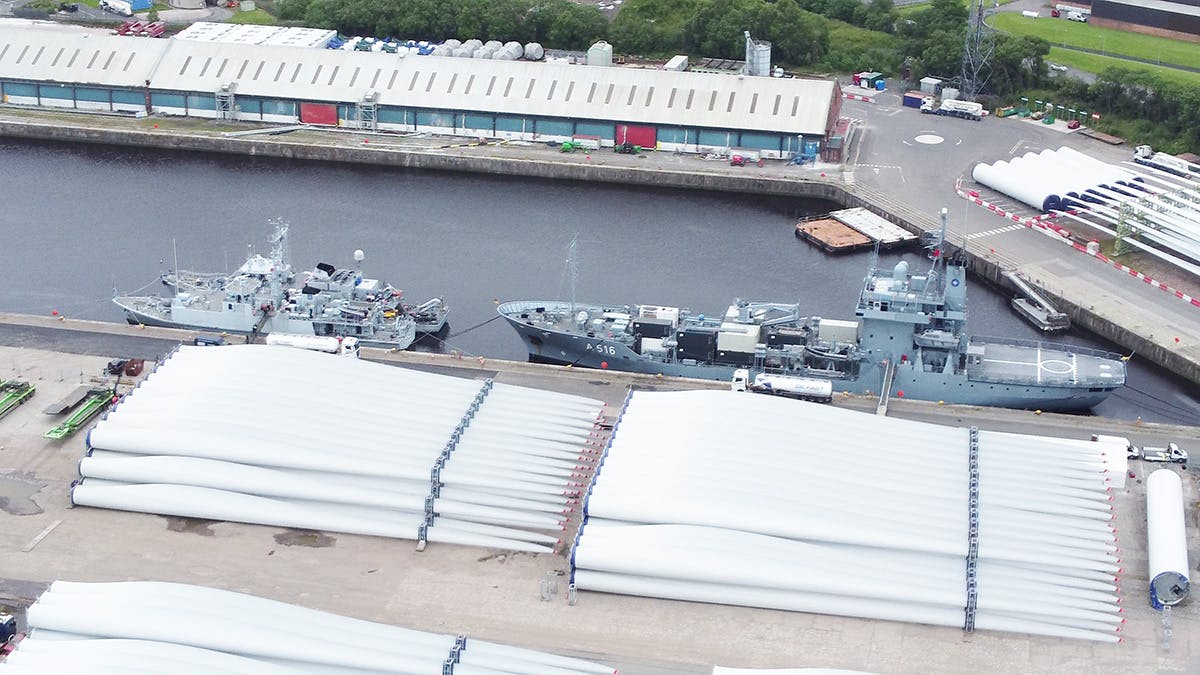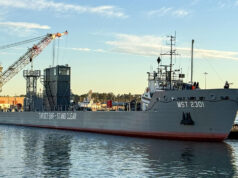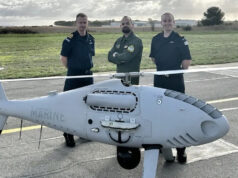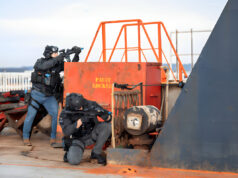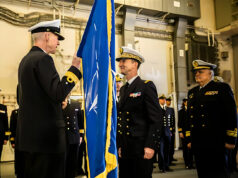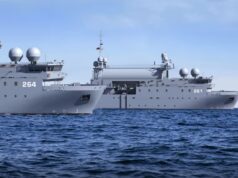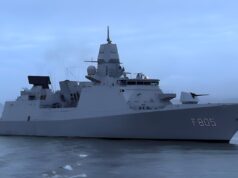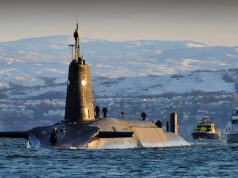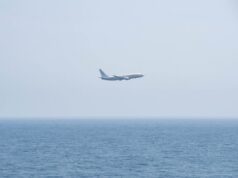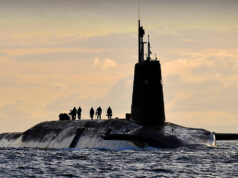Ships from NATO and Ukraine have begun arriving in Glasgow to participate in the annual Exercise Sea Breeze.
This year’s exercise, like last year, has been relocated from the Black Sea to Glasgow due to ongoing hostilities in Ukraine.
Among the vessels that docked today are the German Elbe-class replenishment ship, Donau, which serves as the flagship of Standing NATO Mine Countermeasures Group 1 (SNMCMG1).
Donau is accompanied by the Estonian Sandown-class minehunter, Ugandi, and the French Tripartite-class minehunter, Céphée.
Over the weekend, the Ukrainian vessels Cherkasy and Chernihiv are also expected to arrive.
Exercise Sea Breeze, an annual multinational maritime exercise traditionally hosted in the Black Sea by the US Sixth Fleet and the Ukrainian Navy, has been relocated to Glasgow for the second consecutive year. This change is due to the war with Russia, which has made operations in the Black Sea unfeasible.
The U.S. Navy previously stated, “The exercise aims to build maritime security and stability operations with multinational partners to enhance the capabilities of Black Sea and Partnership for Peace maritime security forces while progressively training and preparing the Ukraine Maritime Command staff. This year’s exercise is land and sea-based, and will focus on maritime security and stability operations with an emphasis on mine countermeasure and dive operation mission areas.”
NATO warships typically patrol the Black Sea for approximately two-thirds of the year. However, the closure of the Bosphorus and Dardanelles straits by Turkey, following Russia’s invasion of Ukraine, has necessitated the adaptation of operational venues.
Despite these challenges, the joint exercise between NATO and Ukraine continues, now with Glasgow as its backdrop.
SNMCMG1, one of NATO’s two standing maritime mine countermeasures groups, plays a crucial role in naval operations. The force can be deployed on short notice, contributing significantly to maritime security. Regular tasks include removing sea mines from previous conflicts, reducing risks to maritime activity, and supporting environmental clean-up efforts.
In addition to mine clearance, SNMCMG1 patrols the waters of Northern Europe, showcasing NATO’s presence and monitoring ship traffic. These activities enhance situational awareness for NATO regarding maritime activities in its areas of interest.
The force is under the command of the Supreme Allied Commander Europe (SACEUR), based in Mons, Belgium, with day-to-day operations managed by NATO’s maritime command in Northwood, UK.


